Description
HIMA F7101: The Unfussy Safety Net for Critical Process Shutdowns
You know how safety systems should just work when everything’s going sideways? That’s the HIMA F7101’s whole personality. I’ve seen this controller module sit quietly in chemical plant control cabinets for years, then suddenly take charge during overpressure events—like when a reactor’s cooling failed during a Houston summer. One maintenance lead told me, “It’s boring until it’s the only thing standing between us and a $2M cleanup.”
Why Plant Engineers Actually Sleep Better
- Dual-processor fault tolerance – Runs safety logic on two independent CPUs simultaneously. If one glitches (which rarely happens, but you know how field conditions get), the other takes over without blinking. Saved a pulp mill in Oregon last year when a lightning strike fried their backup comms.
- Plug-and-play module swapping – Changed a failing F7101 at a LNG facility during shift change in 8 minutes flat. No reprogramming—just yank the old one, snap in the new, and verify with the front LEDs. Typically cuts downtime by 70% versus older safety PLCs.
- Native HART integration – Pulls diagnostic data straight from safety valves and transmitters. One refinery client caught a stuck emergency valve during routine checks because the F7101 flagged inconsistent HART signals weeks before failure.
No-Surprises Technical Reality Check
| Spec | Details |
|---|---|
| Brand/Model | HIMA F7101 Safety Controller |
| HS Code | 8537.10.0090 (Programmable controllers) |
| Power Requirements | 24 VDC ±15%, 1.5A max (survives 20ms power dips) |
| Operating Temp | -20°C to +60°C (tested in Alberta winters and Gulf Coast summers) |
| Comm Interfaces | 2x PROFIsafe, 1x Ethernet/IP, HART passthrough |
| Installation | DIN rail (35mm) – needs 50mm clearance above for airflow |
Where It Earns Its Keep
You’ll find these guarding critical paths in places where “oops” means evacuation sirens. Like offshore platforms shutting down gas flow during compressor surge, or pharmaceutical reactors aborting batches when pH sensors go haywire. One thing I appreciate is how often they’re hidden inside SIL 3 safety instrumented systems—nobody notices them until they prevent catastrophe. A wastewater plant engineer in Chicago put it bluntly: “My F7101’s been on the job 7 years. Best $8k I never think about.”
The Procurement Win You Didn’t Expect
Look, safety controllers aren’t where you cut corners. But the F7101 saves real money where it counts: its 5-year field-replaceable battery means no cabinet retrofits for power backups, and HIMA’s free Safety Matrix software avoids $15k licensing fees. From my experience, plants using these see 30% fewer safety system false trips than with older triple-modular-redundant setups. Oh, and their tech support actually answers the phone at 2AM during plant emergencies—something a refinery manager in Louisiana reminded me of last month.
Keeping It Alive (Without the Drama)
Mount it in any standard 19″ cabinet—but leave that 50mm headroom for airflow, or you’ll fry the power supply during August. Clean vents every 6 months (I’ve seen sawdust clog them in paper mills), and update firmware during planned outages—takes 15 minutes via USB. One caveat: never hot-swap modules during SIL 3 operation. A steel mill in Ohio learned that the hard way when they tried it during a furnace run. Stick to maintenance windows, and you’ll likely never touch it beyond LED checks.
Sleep-Through-Certifications & Guarantees
TÜV-certified to IEC 61508 SIL 3 and IEC 62061 SIL CL 3. RoHS compliant with UL 61010-1 stamped on the backplate. Warranty’s straightforward: 365 days from install date (not shipment—because we know your project might stall). If it’s in stock—which it usually is—we’ll ship FedEx/UPS/DHL within a week of your 50% deposit. Worst case? You’ll have it in 30 days. No fine print about “excludes force majeure” or other nonsense.

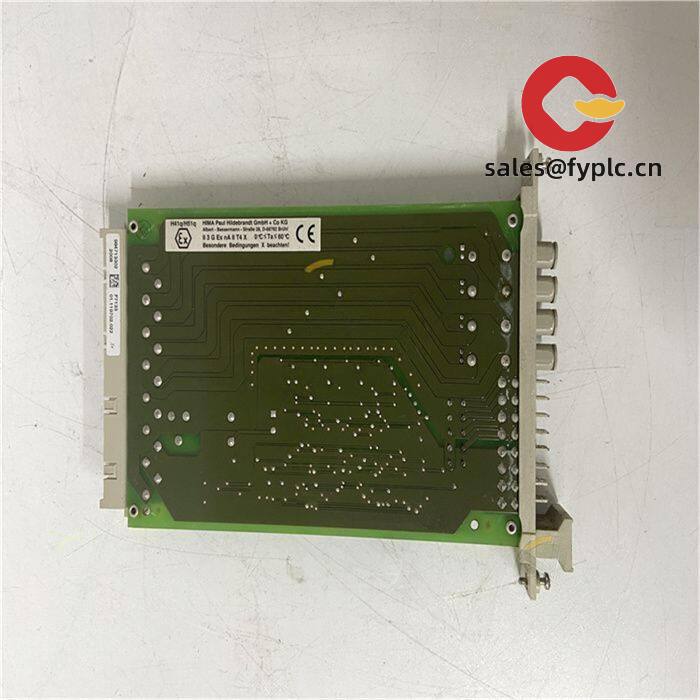


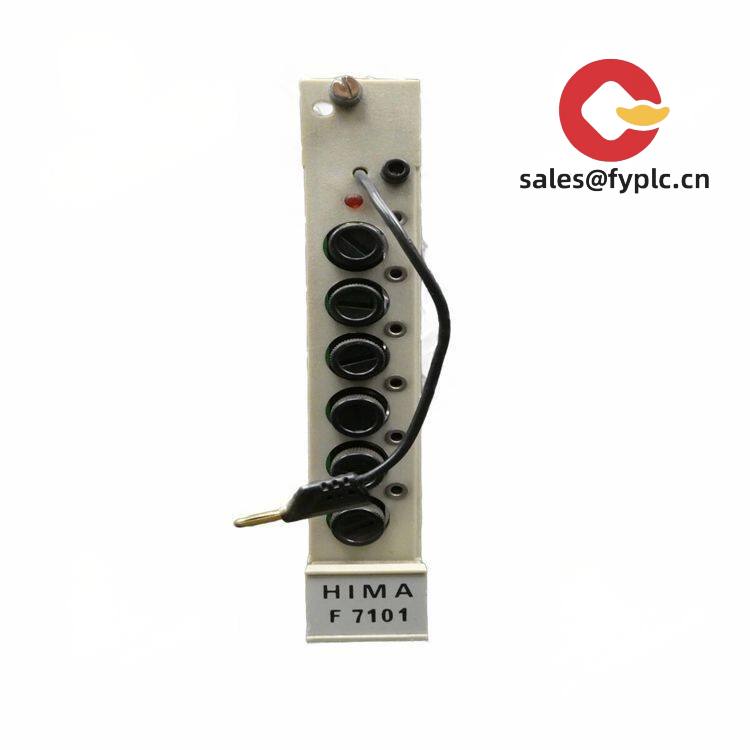
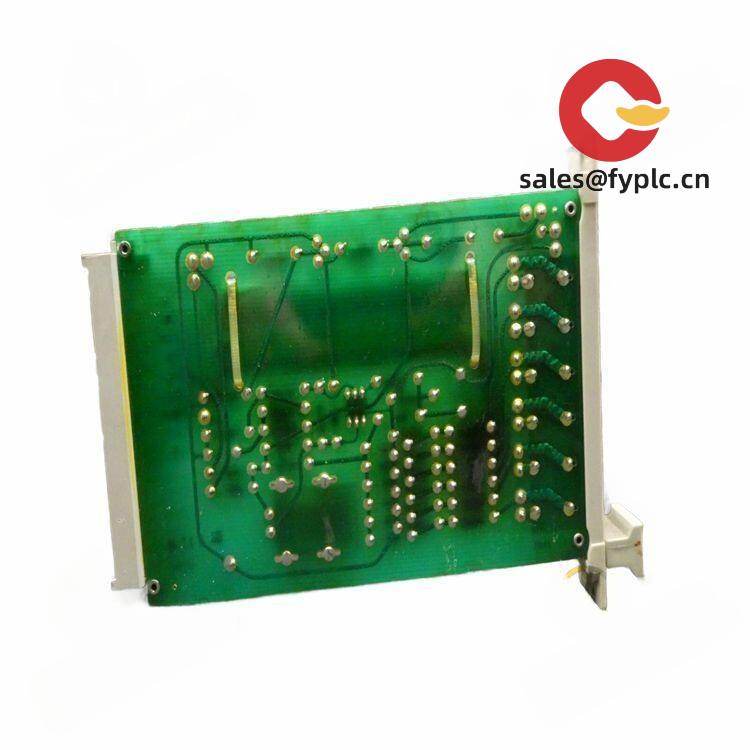

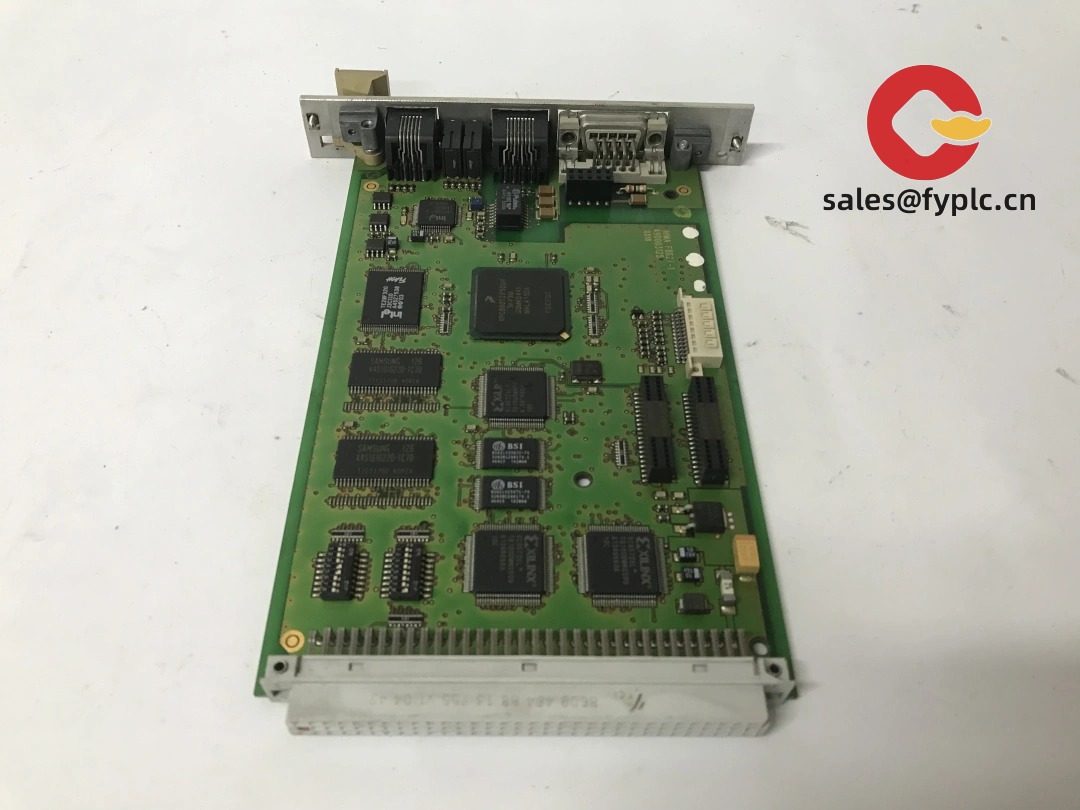
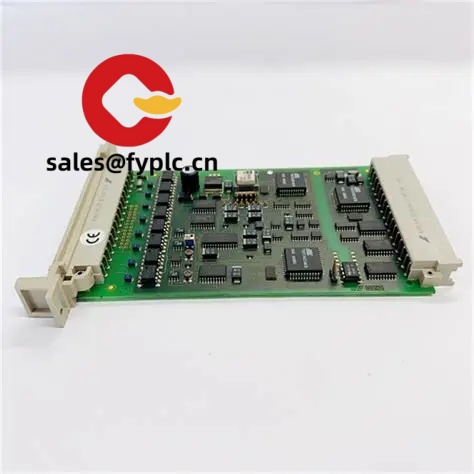


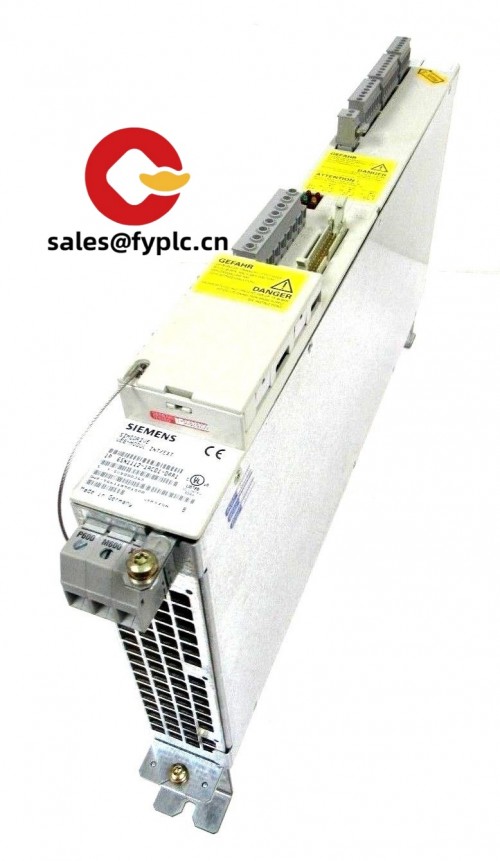
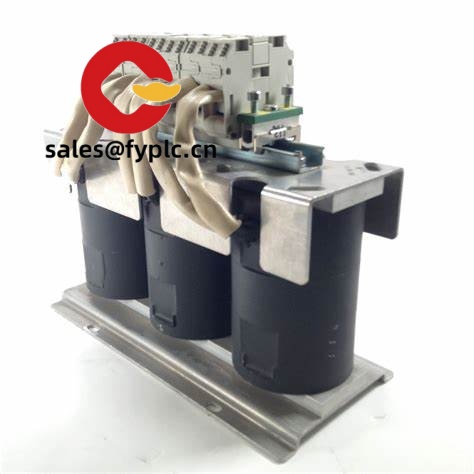
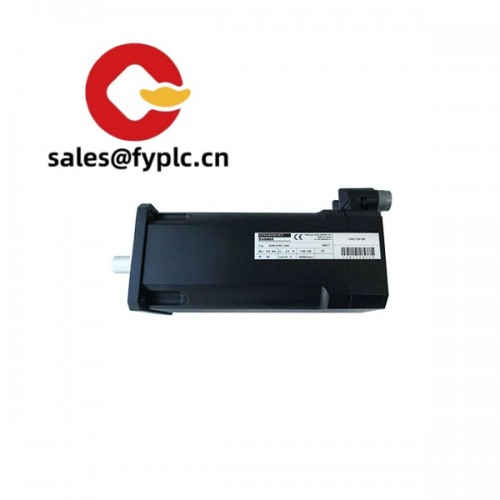


Reviews
There are no reviews yet.